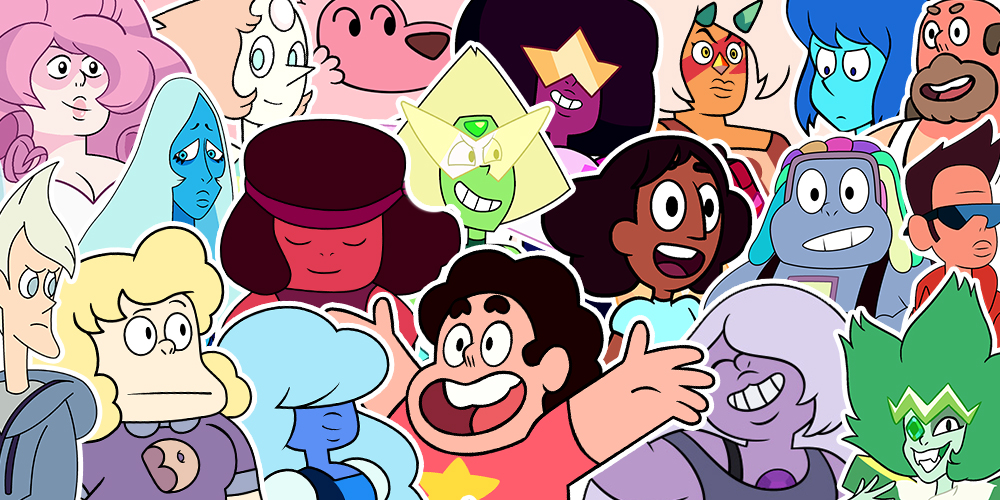
An Abridged History of How ‘Steven Universe’ Went From Concept to Hit Animated Series
One of the most gorgeous and loving cartoons ever made started simply — with an idea. Cartoon Network executives asked employees to pitch their ideas for a brand-new show, and Rebecca Sugar, an artist working on Adventure Time, suggested a program about a magic boy and his ability to help those around him work through difficult emotions. A unique Steven Universe history was born.
Getting the pitch accepted was comparatively easy, but then came the hard work of turning Steven Universe into a show. Sugar left her job on Adventure Time and focused on establishing a team that could enjoy creative freedom, much as she had. Artists gathered, many from the Powerpuff Girls team, as well as a character designer from Lakewood Plaza Turbo.
Sugar named the show’s hero after her own brother, and even based the character on her brother — a popular boy who was well-loved but sought to be taken more seriously than a child. Steven Sugar was also a member of the team, working as a background designer.
The production process of Steven Universe began with a pilot that was only semi-successful. Though its style was distinctive, it didn’t quite feel right and would prove difficult for other artists to replicate. Later versions of the show were tweaked so that it was easier for artists to adhere to its visual style.
What’s more, details of the world of Steven Universe were vague in the pilot since they had yet to be ironed out behind the scenes. In fact, when the pilot finally aired in 2013, the show’s backstory had changed significantly. That led to some anxiety among the crew, but the immediate development of online Steven Universe fan communities indicated that audiences were eager for more.
RELATED | Children’s Cartoons Are Getting More Queer, and We’re Here For It
A lot of attention was paid to the design of the Steven Universe world, with Steven Sugar drawing intricate maps of its Beach City setting. It’s largely inspired by Delaware beaches the Sugar family visited years earlier. Rebecca Sugar developed detailed backstories for each character, including sketches of milestones in their past.
Steven Universe showrunners developed a somewhat unique process for making the show — it begins with storyboard meetings, in which artists assemble sketches on post-it notes based on writers’ ideas. Once the episode’s visual steps are established, writers fill in the dialogue.
The production process for each episode of Steven Universe is often complicated by the story arc for the season. Writers have described it as similar to assembling a puzzle, one where they know the final state they want for the season but have to arrange plot points across the various episodes to get there. Particular care is taken to balance serious episodes with lighthearted moments — like the show’s spectacular queer wedding, which came right before a climactic battle.
RELATED | 5 Times Steven Universe Genuinely Creeped Us Out
All that work culminates in some very sophisticated themes — far more complex than one might expect for an animated series.
In particular, Steven Universe has been groundbreaking in its inclusion of LGBTQ themes. With an all-female slate of characters, indications of romance are always same-sex. What’s more, Steven’s complex relationship with his mother and another female leader blur the boundaries of gender through the run of the series, and the fusion of male and female characters explores whether those gender boundaries actually even exist.
RELATED | The Weird, Heartbreaking Pre-‘Steven Universe’ Work of Rebecca Sugar
Rebecca Sugar has identified one of the characters as representing polyamorous relationships.
From its humble beginnings in Rebecca Sugar’s mind through the grueling process of production, Steven Universe has in only a few years transformed the way audiences think of animated programs — and it has changed our expectations for just how queer they can be.
Are you a fan of Steven Universe, one of TV’s most queer-friendly animated series? What do you think of this abridged Steven Universe history?
This article was originally published on April 18, 2019. It has since been updated.